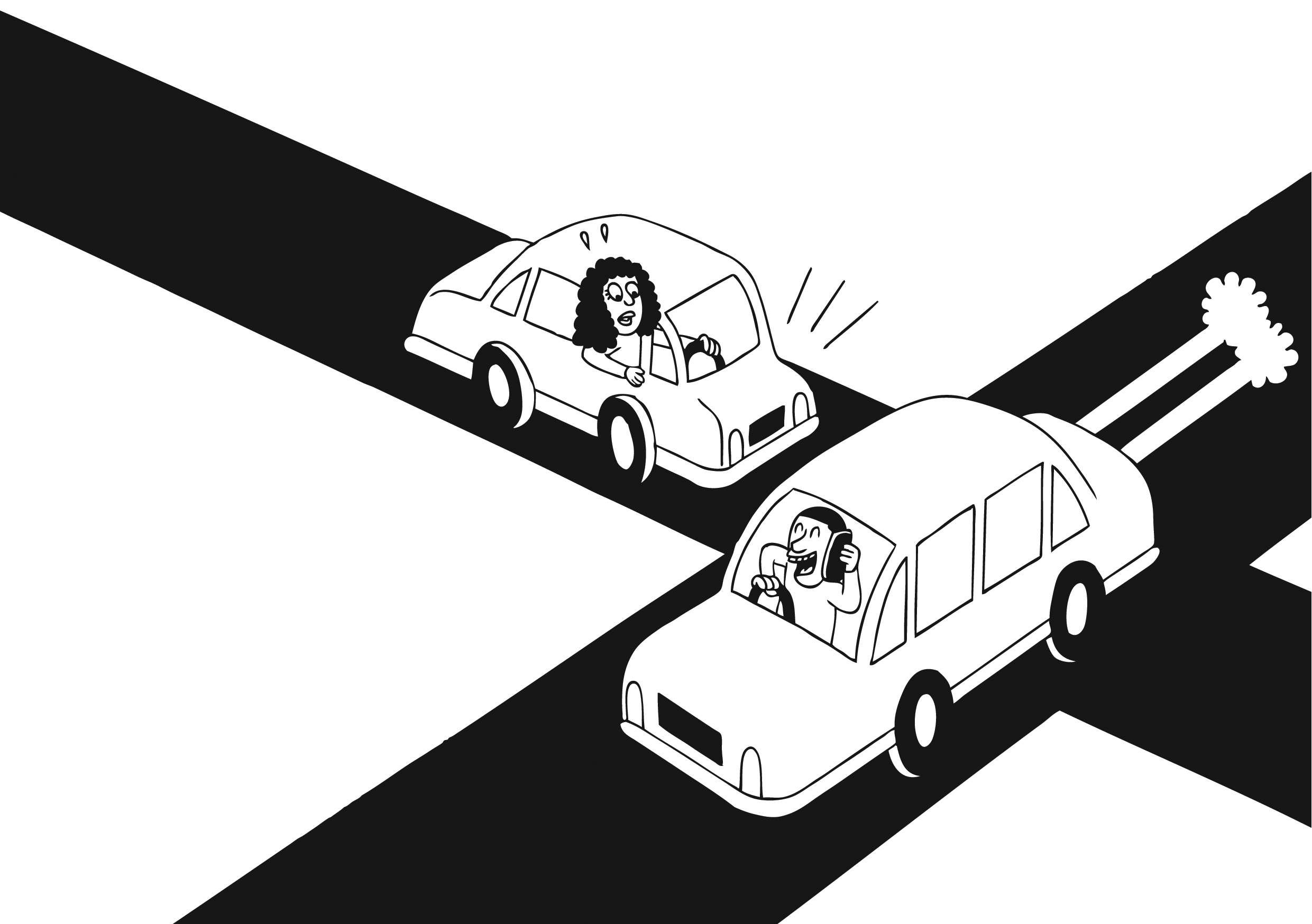Skippering a Yacht - 5 Lessons from the Water
/Last week, I refrained from drawing leadership parallels from my week long yacht skippers course over the summer, but several of you asked me to share them.
Solo is challenging. While possible, single-handedly managing a yacht requires exceptional preparation and places the entire burden on one person. Fatigue and workload become critical factors, as does the need to oversee every system onboard. There's immense value in having a skilled crew.
Clarity is Key. Success hinges on a well-defined plan, along with clear communication of roles and expectations. Ambiguity breeds errors which bend boats and people.
Preparation Prevents Panic. When things happen on a yacht, they need fast, precise and coordinated action, often on several parts of the boat simultaneously. Preparing people and equipment ahead of time reduces pressure in the moment. Checking that the team is ready to go before a manoeuvre is executed makes it more likely to go smoothly.
Trust Your Team. During critical moments, the skipper's job is to drive the boat smoothly and accurately. Focus on that. Let the crew do their work. Most of the time you are too far away and too occupied to physically help. Often you can’t even see clearly what they are doing. Second guessing their actions or making suggestions rarely helps at that point. Trust the crew and keep communication short, minimal and clear until the pressure has passed.
Reflect and Improve. Once the action is complete, there's a period of relative calm to tidy up and discuss how things went. Reviewing the action, reflecting on effectiveness and extracting lessons for next time is a great way to build experience and confidence. Ask for feedback too.
These lessons are universally applicable to leadership, regardless of the context. The beauty of learning in a physical environment like a boat is that everything can be seen, cycles are short and there are clear start and end points. For most of our leadership work it's more opaque and ambiguous. The time frames can be epic. That makes it harder. Throughout my mentoring experience, these five themes consistently emerge as pivotal factors in team dynamics, cohesion, and overall effectiveness. Which of them could you work on with your team? How will you do that?









